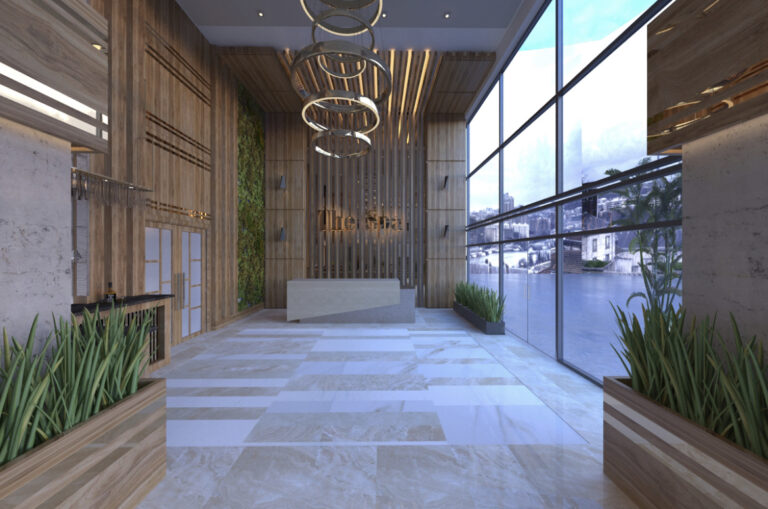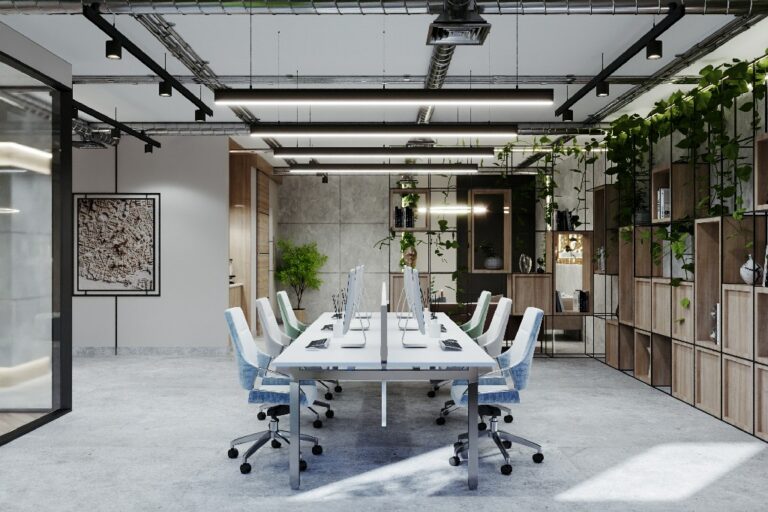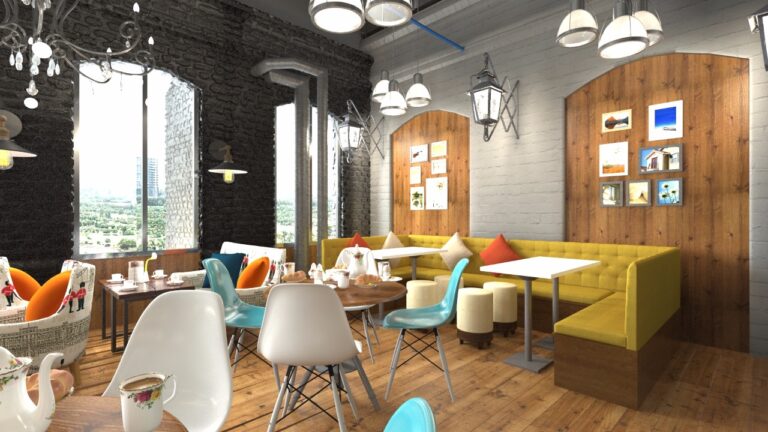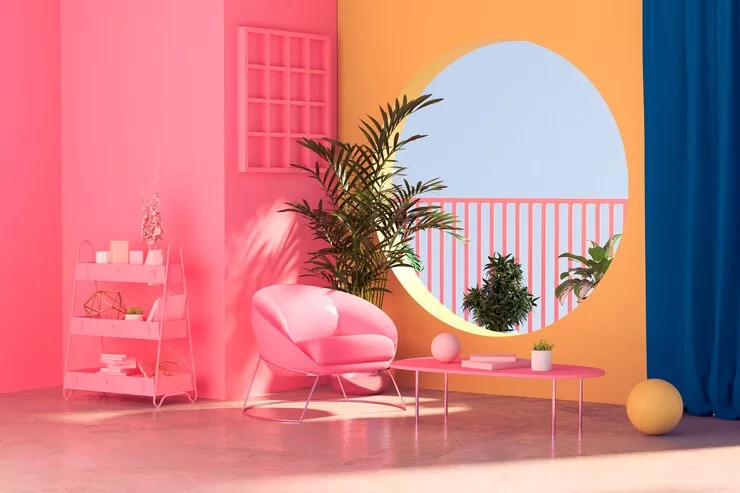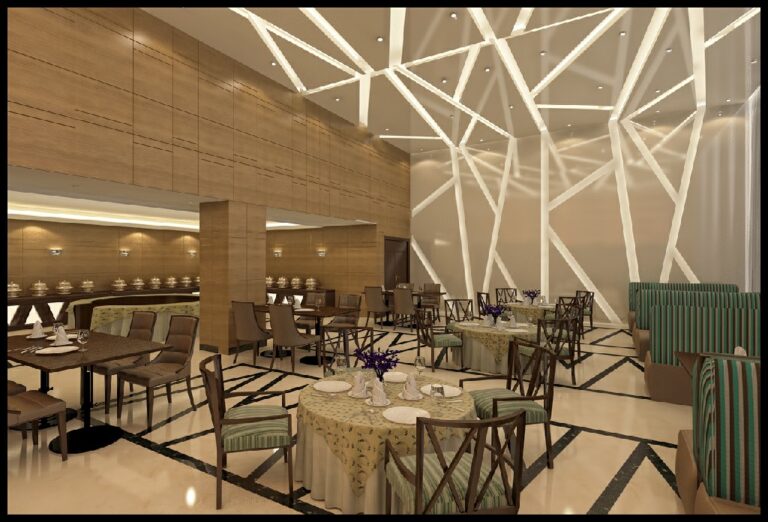عند الحديث عن تصاميم داخلية راقية للفنادق لطابع كلاسيكي خالد، نجد أنه أسلوب يعكس تاريخاً غنياً من الفن والعمارة، حيث تستلهم التصاميم من عصور النهضة والباروك مع لمسات معاصرة تضمن استدامة الجمال والأناقة. وبالتالي فإن التصميم الداخلي الكلاسيكي يرمز الفخامة والرقي، حيث يجمع بين التفاصيل المعمارية الأنيقة والمواد الفاخرة لإنشاء مساحات تبعث على الدفء والراحة.
إذا كنت تبحث عن أفكار ديكور خالدة للفنادق تجمع بين الفخامة والتوازن، فإن النمط الكلاسيكي هو الخيار الأمثل. في هذا المقال، نستعرض خمسة تصاميم داخلية راقية للفنادق تضفي طابعاً كلاسيكياً خالداً، مما يجعل كل زاوية تنطق بالفخامة والرقي ونشارك معك تصميمات فيرا لأحدث الفنادق.
1. تصميم اللوبي الفخم للفنادق: الانطباع الأول بالفخامة
اللوبي هو الواجهة الأولى لأي فندق، فهو يعكس هوية المكان ويحدد انطباع الزوار الأول، لذلك يجب أن يكون تصميم لوبي فخم للفنادق مستوحى من الطراز الكلاسيكي، مع استخدام تفاصيل زخرفية أنيقة ومواد فاخرة.
العناصر الأساسية:
- الأعمدة الرخامية: تضفي لمسة ملكية وتميز المساحة.
- الثريات الكريستالية الفاخرة: تمنح الإضاءة الدافئة والفخامة المطلوبة.
- الأرضيات المزخرفة: استخدام الرخام بتفاصيل هندسية يضفي مظهراً فخماً وأنيقاً.
- الأثاث الكلاسيكي: أرائك وكراسي فاخرة بتنجيد من المخمل أو الحرير لإضفاء لمسة من الفخامة والراحة.
- ألوان خالدة في ديكورات الفنادق: مثل البيج والذهبي والكراميل لإحساس دافئ ورحب.

2. تصميم غرف الفنادق بأسلوب كلاسيكي: تجربة إقامة لا تُنسى
جمال الغرف من الركائز الأساسية لتصاميم داخلية راقية للفنادق، حيث يجمع بين الفخامة والراحة لتجربة إقامة متميزة، يتطلب تصميم غرف الفنادق بأسلوب كلاسيكي عناية دقيقة بالتفاصيل، لضمان أجواء أنيقة تعكس الرقي وتوفر أقصى درجات الراحة للنزلاء.
العناصر الأساسية:
- الأسرة ذات اللوح الأمامي الفخم: غالباً ما يكون منجداً بالمخمل أو يتميز بنقوش خشبية منحوتة.
- المفروشات الفاخرة: استخدام أقمشة مثل الساتان والحرير في الستائر وأغطية السرير.
- الإضاءة الراقية: مصابيح طاولة كلاسيكية وشمعدانات حائطية مزخرفة.
- الألوان الهادئة والكلاسيكية: مزيج من الألوان الدافئة مثل العاجي والذهبي مع لمسات من الأزرق الداكن أو الأخضر الزمردي.
- اللوحات والتحف الفنية: لوحات فنية بإطارات ذهبية وتماثيل صغيرة تعكس الذوق الرفيع.
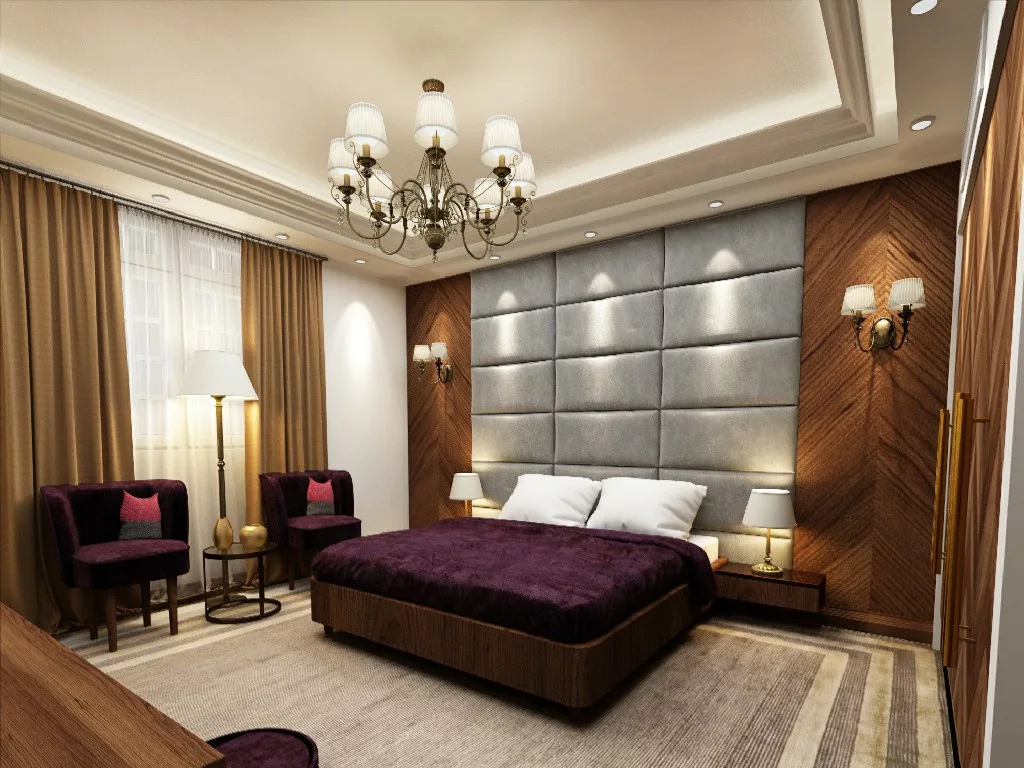
3. تصميم قاعات الطعام الكلاسيكية: تجربة طعام راقية
قاعة الطعام في الفندق ليست مساحة لتناول الوجبات فقط، لأنها قلب الضيافة في الفندق، حيث يجتمع النزلاء ليعيشوا لحظات دافئة وممتعة. هعندما يعكس التصميم الأنيق والمميز للفنادق في قاعات الطعام مزيجًا متناغمًا بين الفخامة والراحة، هذا سيضيف لمسة من الرقي والترف ويشجع الضيوف على الإحساس الراحة.
العناصر الأساسية:
- الطاولات الكبيرة ذات الأرجل المنحوتة: مصنوعة من الخشب الفاخر مع لمسات ذهبية أو فضية.
- الكراسي الكلاسيكية المنجدة: بلمسات فنية فريدة ومزينة بالزخارف.
- الثريات الكريستالية الضخمة: توفر إضاءة دافئة تزيد من أجواء الفخامة.
- السجاد الشرقي: يضيف لمسة من الأناقة الملكية.
- استخدام مواد عالية الجودة في ديكور الفنادق: مثل الرخام الفاخر والتشطيبات الذهبية.
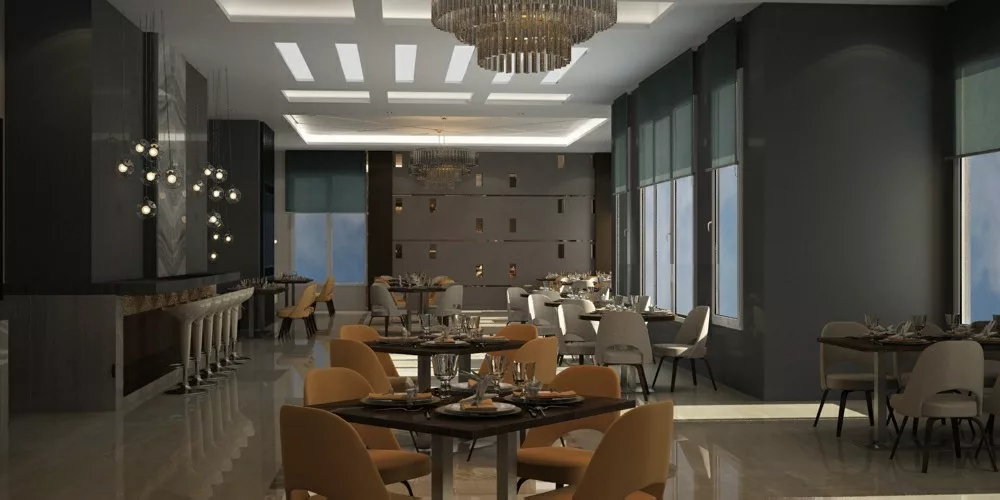
4. تصميم صالات الاستراحة والصالونات الكلاسيكية
تمثل الصالات في الفنادق مساحة للاسترخاء والاستمتاع بالأجواء الفاخرة، ويمكن تحقيق تحسين مساحات الفنادق بأسلوب فاخر من خلال الاهتمام بديكورات الصالونات.
العناصر الأساسية:
- الأثاث الكلاسيكي الفاخر: أرائك وكراسي ذات طراز فرنسي أو إيطالي.
- المرايا المزخرفة: تمنح إحساساً بالاتساع وتعزز الإضاءة الطبيعية.
- المدافئ الرخامية: تضيف لمسة من الدفء والرقي.
- الاكسسوارات الفاخرة: مثل الساعات القديمة، الشمعدانات، واللوحات الفنية.
- مزيج بين التصميم الكلاسيكي والحديث للفنادق: من خلال إضافة لمسات عصرية مثل أنظمة الإضاءة الذكية أو الألوان المحايدة.
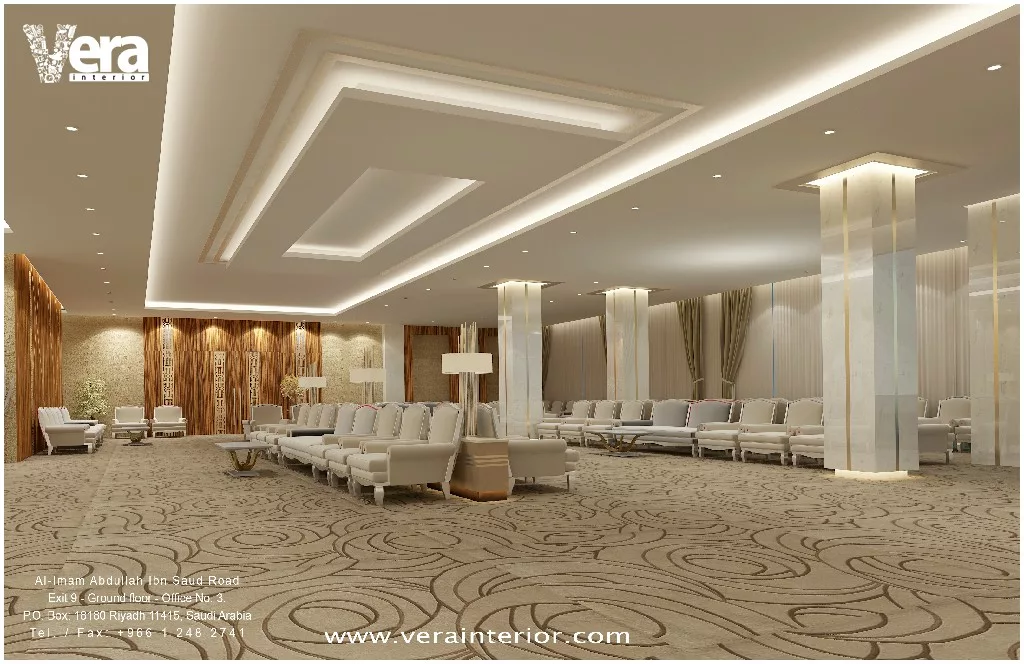
5. تصميم الحمامات الفاخرة بأسلوب كلاسيكي
لا تكتمل الفخامة في الفنادق دون حمامات أنيقة توفر تجربة استثنائية للنزلاء، ويعتمد تصميم داخلي كلاسيكي فاخر للفنادق في الحمامات على الفخامة في كل تفصيل.
العناصر الأساسية:
- الأحواض الرخامية: تضيف لمسة من الفخامة والترف.
- الأحواض المستقلة: خاصة المصنوعة من البورسلين الفاخر.
- الحنفيات الذهبية أو البرونزية: لإحساس ملكي.
- الإضاءة الهادئة: مصابيح كلاسيكية وجدران مزخرفة.
- المناشف وأردية الحمام الفاخرة: لمنح تجربة فندقية راقية.
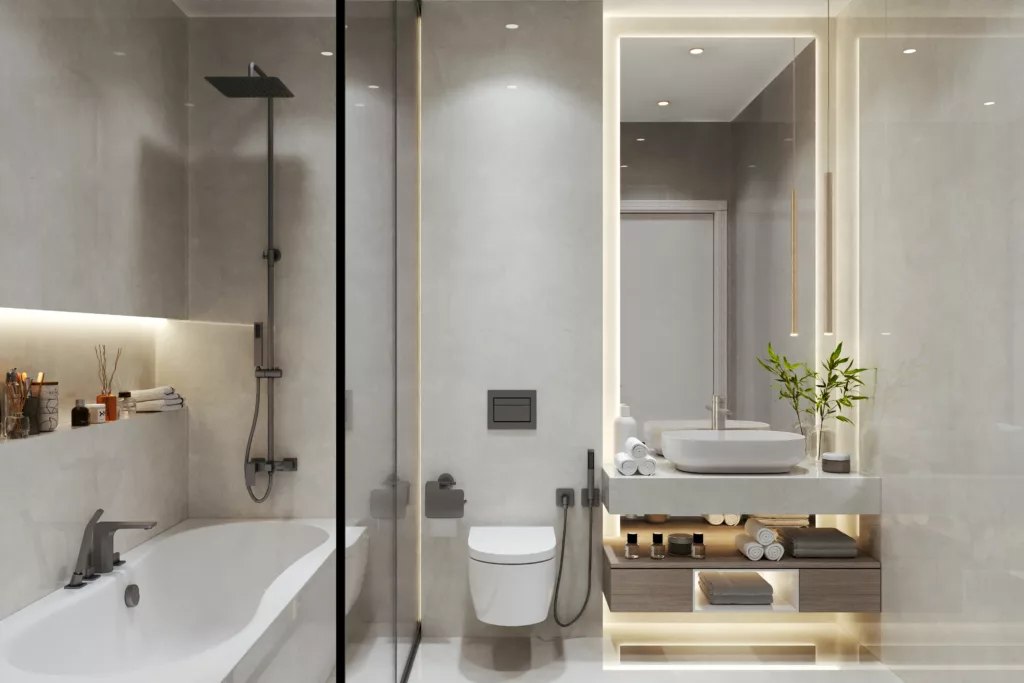
أهمية الجمع بين التصميم الكلاسيكي والحديث للفنادق
في عصرنا الحالي، أصبح الاتجاه نحو مزيج بين التصميم الكلاسيكي والحديث للفنادق ضرورة لجذب مختلف الأذواق، ويمكن دمج عناصر من التصميم الحديث مثل الألوان المحايدة والتكنولوجيا المتقدمة مع التفاصيل الكلاسيكية، مثل الأعمدة المزخرفة واللوحات الجدارية.
نصائح لتحقيق هذا التوازن:
- استخدم التكنولوجيا الحديثة مثل الإضاءة الذكية مع ديكورات كلاسيكية.
- اختر مفروشات كلاسيكية بألوان محايدة لتتماشى مع الطابع العصري.
- أضف عناصر ديكور حديثة مثل الطاولات الزجاجية إلى المساحات الكلاسيكية.
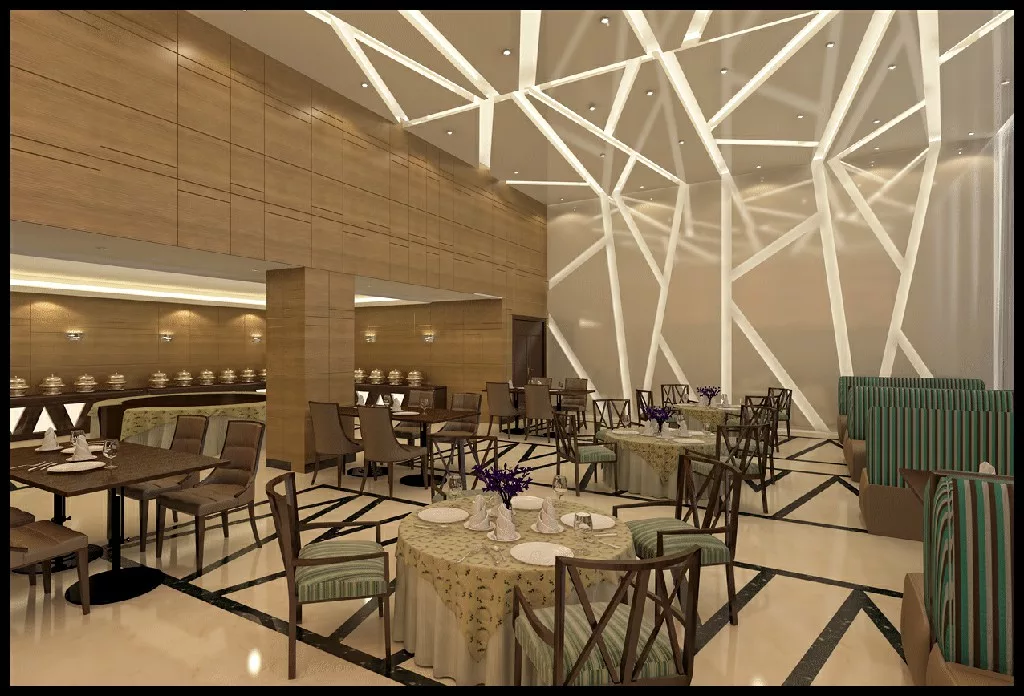
يظل تصميم داخلي كلاسيكي فاخر للفنادق خياراً راقياً يمنح الزوار تجربة لا تُنسى. سواء في اللوبي، غرف الضيوف، قاعات الطعام، الصالات أو الحمامات، يعكس الطراز الكلاسيكي أجواء الفخامة والرقي ومع إضافة لمسات حديثة، يمكن تحقيق تصميم أنيق ومميز للفنادق يجمع بين التراث والحداثة، ليظل التصميم الكلاسيكي رمزاً للأناقة الخالدة.
إذا كنت تتطلع إلى التعاون مع Vera للحصول على تصاميم داخلية راقية للفنادق، فاتصل بنا للحصول على استشارة الخبراء على info@verainterior.com أو اتصل على +966 552270202.

